We may earn a commission when you click on the affiliate links in this post.
Make delicious shoyu ramen in minutes with this easy recipe! Enjoy savory broth, chewy noodles, and customizable toppings for a restaurant-quality meal at home.
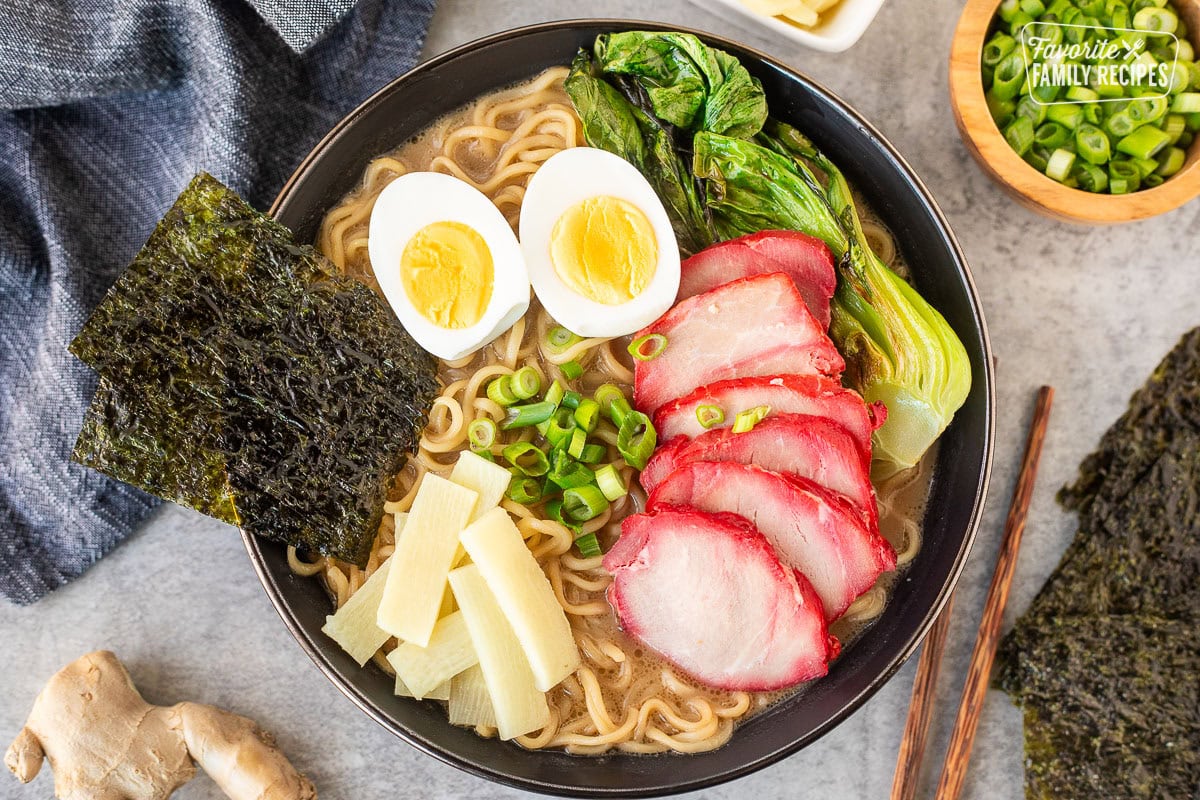
Table of Contents
- The Easiest, Most Delicious Shoyu Ramen Recipe You Can Make at Home
- What is Shoyu Ramen?
- Ingredients for Shoyu Ramen
- How to Make Easy Shoyu Ramen
- What’s the Best Noodle for Shoyu Ramen?
- Importance of Broth in Ramen
- Add in Protein
- Vegetables are a Must
- Questions About Shoyu Ramen
- Storing Leftovers
- More Ramen Recipes
- Shoyu Ramen Recipe
- More Easy Noodle Bowl Recipes
The Easiest, Most Delicious Shoyu Ramen Recipe You Can Make at Home
If you love ramen as much as I do, then you’re in for a treat. This “cheater” shoyu ramen recipe is a game-changer! It takes minutes—not hours or days—and still packs all the savory, comforting flavors that make shoyu ramen irresistible. No need for a complicated broth; I promise this recipe tastes just as satisfying as bowls I’ve enjoyed at restaurants.
Plus, it’s ridiculously easy to make these bowls look gourmet. Whether you’re cooking for yourself or trying to impress your friends and family, this recipe is guaranteed to deliver. Let’s dive into how to make this simple and satisfying dish!
What is Shoyu Ramen?
Shoyu ramen is a classic Japanese noodle soup known for its savory soy sauce-based broth. It’s lighter and less rich than creamy tonkotsu ramen but still incredibly flavorful. The beauty of shoyu ramen is how customizable it is. You can keep it simple or go all out with gourmet toppings.

Ingredients for Shoyu Ramen
Make this as authentic or simple as you like! It tastes incredible and each bite has its own flavor and texture when adding in protein and veggies!
- Sesame oil – Adds a delicious nutty, earthy flavor.
- Garlic – Every recipe needs a little garlic in it!
- Ginger – Freshly grated is best—it brings out bold, authentic flavors.
- Ramen broth – Homemade or store-bought, this is the flavor backbone of your soup.
- Soy sauce – The star of the show for that signature shoyu flavor. It also adds color to the liquid mixture.
- Ramen – Dried or fresh, your choice! I love chukamen noodles for their chewy texture.
- Toppings – Get creative! Some of my favorites are pork belly, soft-boiled eggs, seaweed, and mushrooms.
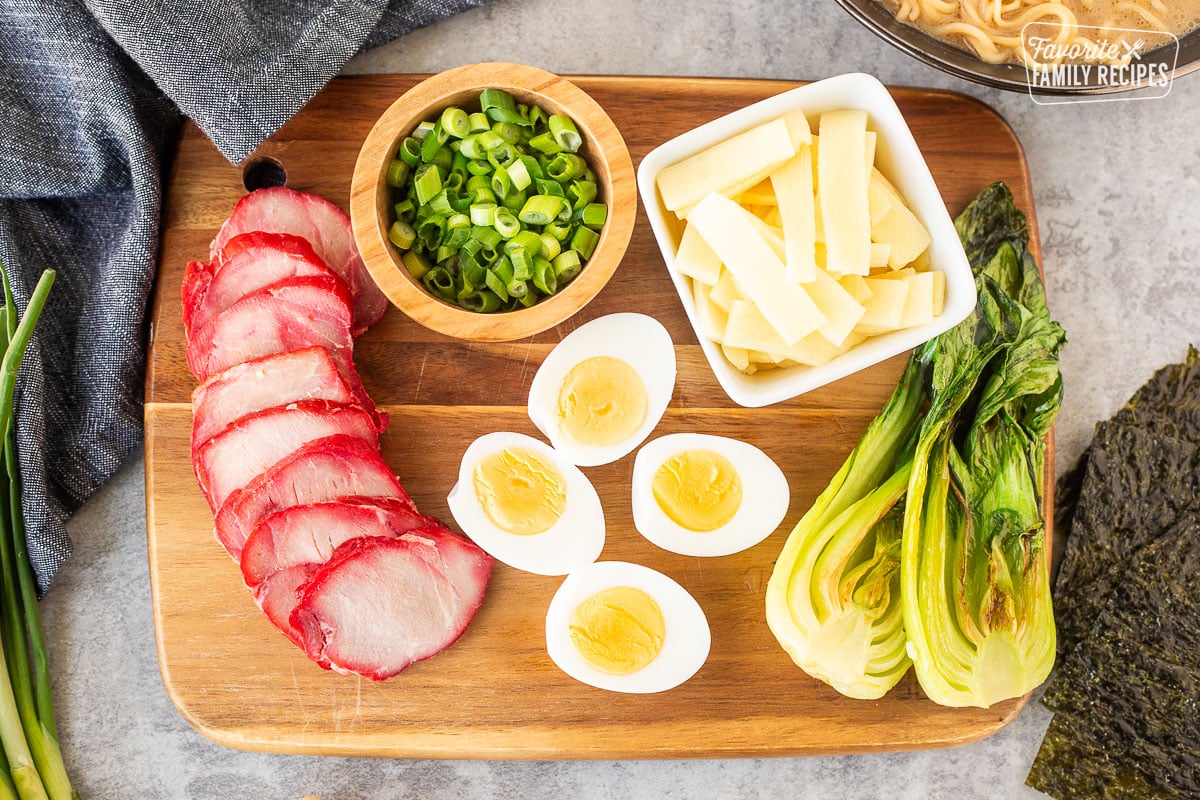
How to Make Easy Shoyu Ramen
- Simmer the Broth – Sauté garlic and ginger in sesame oil in a large pot over medium-high heat or until fragrant. Add the ramen broth and soy sauce. Let it simmer for 5-10 minutes.
- Strain – Pour the broth through a fine mesh strainer to remove garlic and ginger bits. Return the broth to the saucepan.
- Cook the Noodles – Follow package instructions for your noodles (don’t forget to discard the flavor packets if using instant ramen). Drain noodles and set aside. Prepare your desired toppings.
- Assemble – Divide the broth and noodles between bowls. Add your favorite toppings and serve hot.
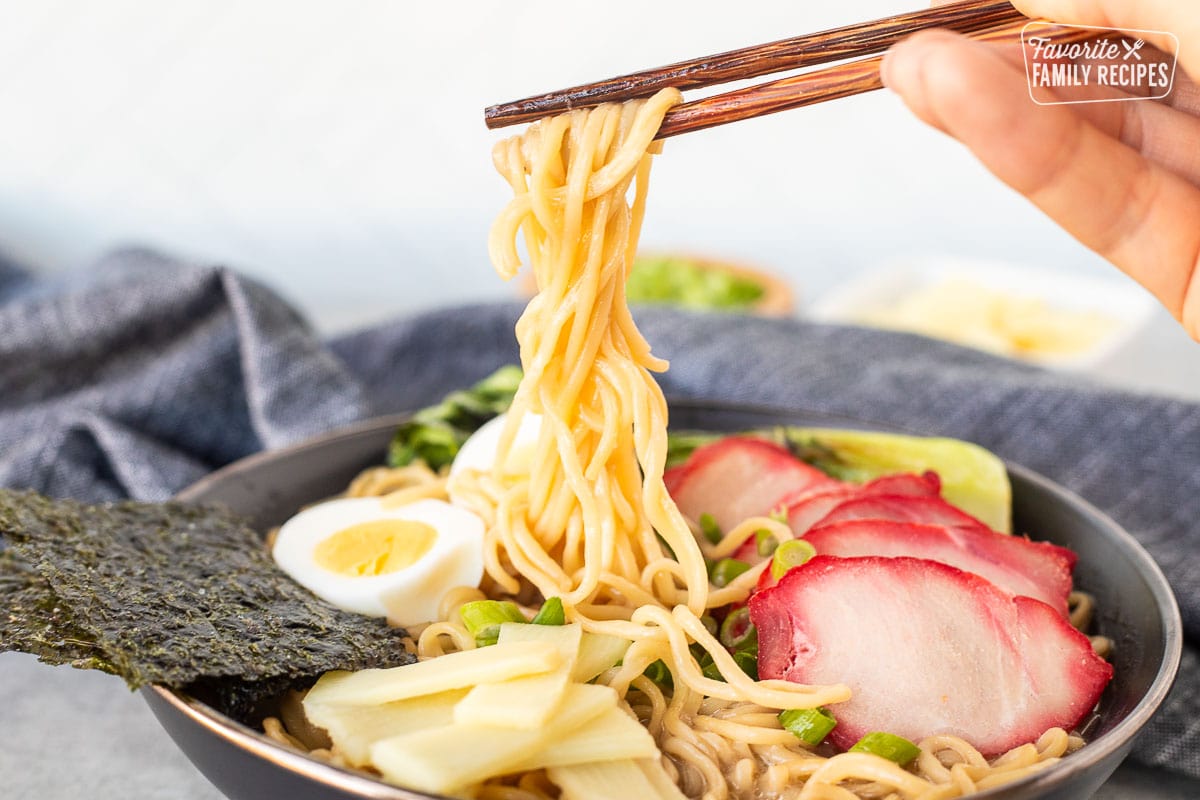
What’s the Best Noodle for Shoyu Ramen?
There are plenty of noodle options, but here’s a quick guide:
- Ramen noodles – Can be either fresh or dried, and varies in texture from curly to straight. Using Top Ramen dried noodles works too!
- Chuckamen – This is the most common type of noodle for shoyu ramen bowls. The noodle is straight and thin with a chewy texture.
- Hosomen – Thinner and lighter noodles that cook super quickly.
- Hakata-style – Thin and straight noodles without any curls in them. Hakata has a firm texture and is cooked like an Italian pasta, al la dente.
- Egg noodles – Made out of eggs, kansui, and wheat flour and usually have a spiral to them. They are richer and more flavorful than most noodles.
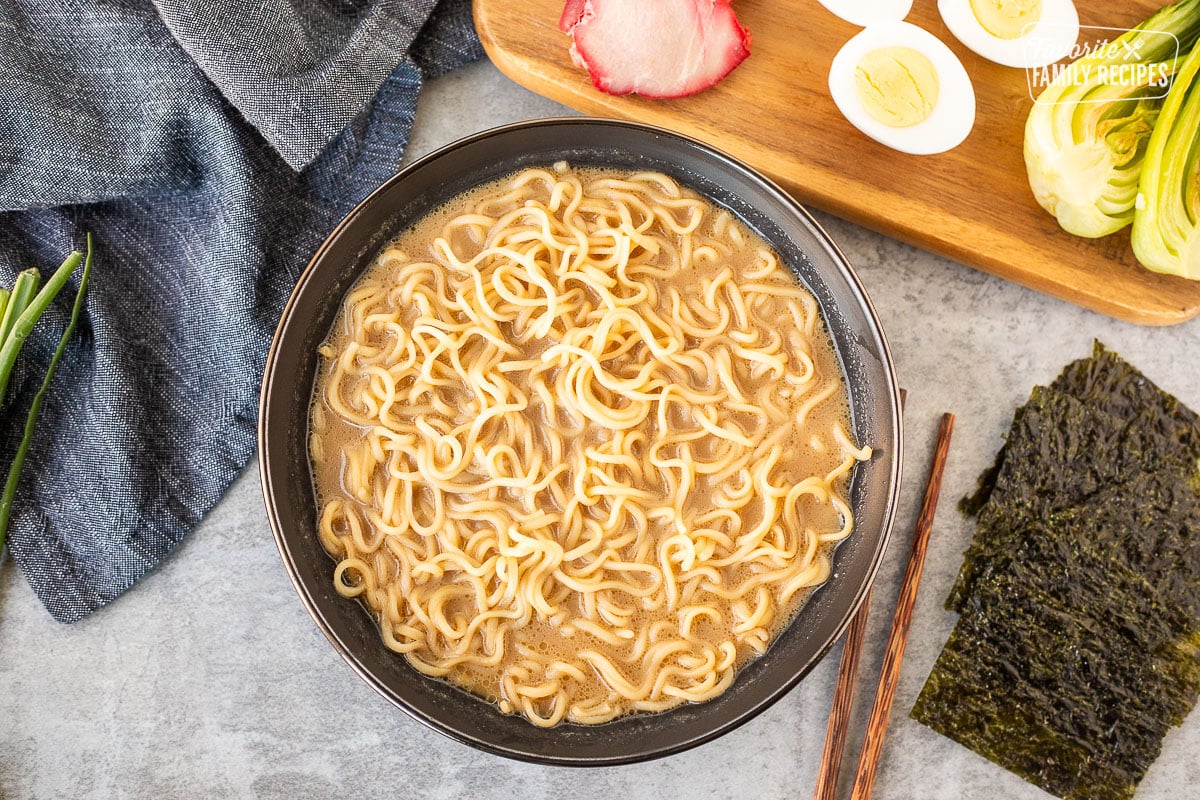
Importance of Broth in Ramen
The broth makes or breaks a bowl of ramen. It can vary from a very simple soup base to a broth infused with a variety of intense flavor combinations that can take days to prepare. For this recipe, I simply used a ramen broth that I found at the grocery store. You can find this kind of broth either with the other soup bases/broths or in the Asian foods section. It’s nothing fancy but it is good enough to satisfy your ramen craving!
If you can’t find pre-made ramen broth, mix equal parts chicken broth and dashi stock. Don’t be afraid to experiment with different brands and flavors until you find your favorite.
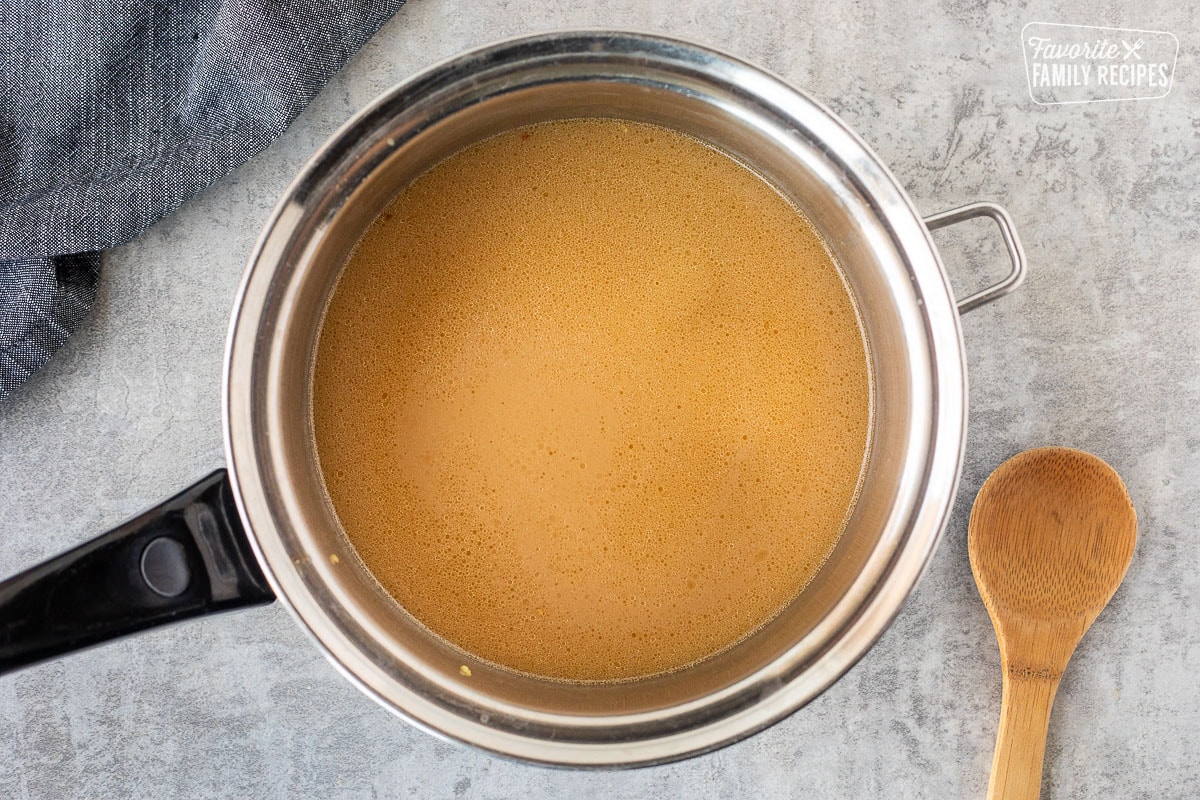
Add in Protein
More often than not, shoyu ramen will include some kind of protein. Pork, chicken, shrimp, tofu, soft-boiled eggs, sardines, and narutomaki (fish cakes) are probably the most common proteins found in shoyu ramen bowls but you can also use beef, fish, and shell-fish such as crab or lobster.
You can use one or more proteins to make it just how you prefer. For this recipe, I used char siu (also known as barbecued pork loin) and soft-boiled eggs because I just love the flavor and texture each brings to the dish.
Vegetables are a Must
When it comes to vegetables, the sky’s the limit. Vegetables for these ramen bowls can include green onions, julienned carrots, bean sprouts, bamboo shoots, snow peas, bell peppers, Nori, kelp, mushrooms, scallions, and/or corn, just to name a few. You can also top it off with some furikake (seasoned sesame seeds with nori) and/or a little hoisin for flavor.
- Green onions – Adds a fresh onion flavor. Sliced green onions float to the top giving the shoyu ramen texture and depth to the dish.
- Bok choy – Leafy greens like spinach that add a lighter side to the ramen.
- Bean sprouts – These are light and crunchy and add a fun Asian vibe to the dish!
- Corn – Use corn kernels from sweet corn for a little extra sweetness and balance to the other flavors.
- Mushrooms – Adds a thin and chewy texture to the ramen. Shiitake mushrooms are particularly savory and filling, and absorb the flavors of the shoyu ramen.
- Carrots – Adds extra flavor, color, and texture.
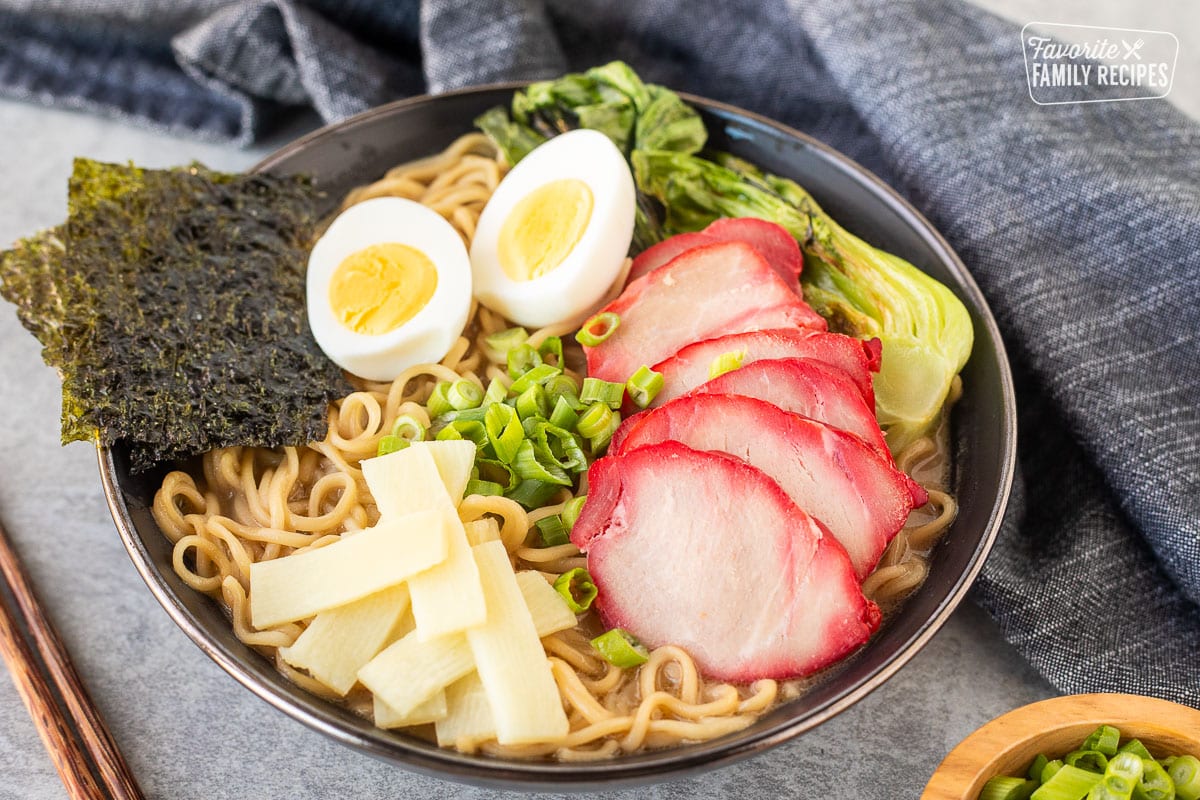
Questions About Shoyu Ramen
Shoyu ramen is a delicious Japanese noodle bowl with a savory broth made with shoyu (aka soy sauce). It is popular in Japan and Hawaii, and becoming more popular in the mainland U.S. It’s a versatile dish that can be made in about a million different ways.
Shoyu ramen has a soy sauce-based broth, while miso ramen features a rich, savory miso paste broth.
Fresh ramen noodles tend to be softer, are more chewy in texture, because of their high water content whereas dried ramen noodles are dehydrated and usually packaged last longer on the shelf.
Fresh noodles cook quickly—usually 1 to 4 minutes. Keep a close eye on them to avoid overcooking.
Storing Leftovers
Store the broth and noodles separately in airtight containers in the fridge. When reheating, warm the broth on the stove and add the noodles just before serving.
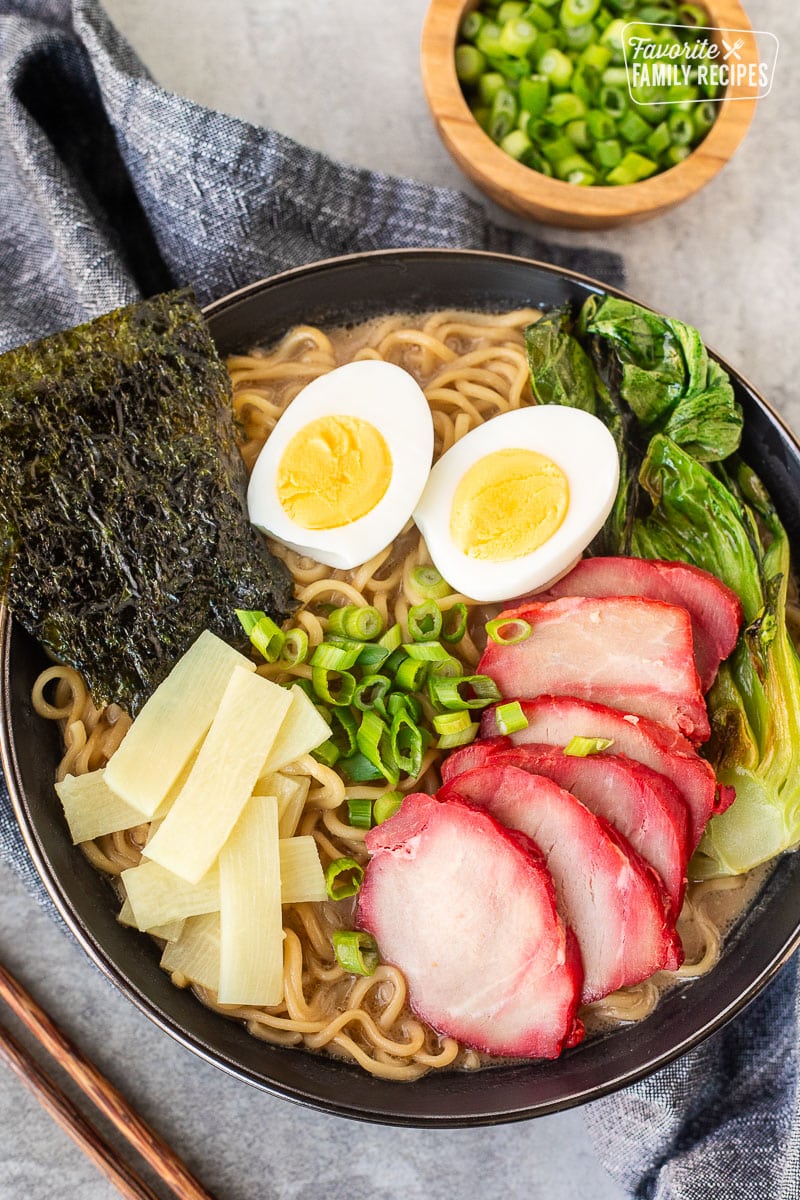
More Ramen Recipes

Shoyu Ramen
Ingredients
- 1 teaspoon sesame oil
- 2 teaspoons garlic (minced)
- 2 teaspoons fresh grated ginger
- 2 cups ramen broth (found near the other soup bases/broths at the grocery store, see notes above)
- 1 Tablespoon soy sauce
- 6 ounces dry ramen or chukamen noodles (2 3-ounce packages, see notes above)
- ramen toppings (see notes above)
Instructions
- Sauté garlic and ginger in sesame oil in a large saucepan until fragrant. Add ramen broth and soy sauce and simmer for 5 to 10 minutes.
- Strain broth through a fine mesh strainer into a large liquid measuring cup or bowl to remove garlic and ginger bits. Pour broth back into the saucepan and discard garlic/ginger pieces. Keep broth at a low simmer until ready to serve.
- Prepare ramen or chukamen noodles according to package directions (discard flavor packets if any). Drain noodles and set aside. Prepare your desired toppings (see above for ideas).
- Place broth in individual bowls and divide noodles between the bowls. Top with your favorite protein and vegetable toppings and serve.

Video
Notes
Protein Ideas:
- pork
- chicken
- shrimp
- tofu
- soft-boiled eggs
- sardines
- narutomaki (fish cakes)
- char siu – also known as barbecued pork loin
Vegetable Ideas:
- green onions
- julienned carrots
- bean sprouts
- bamboo shoots
- snow peas
- bell peppers
- Nori
- kelp
- mushrooms
- scallions
- corn
Nutrition Information
More Easy Noodle Bowl Recipes
Looking for more quick and delicious noodle dishes? Try these next:
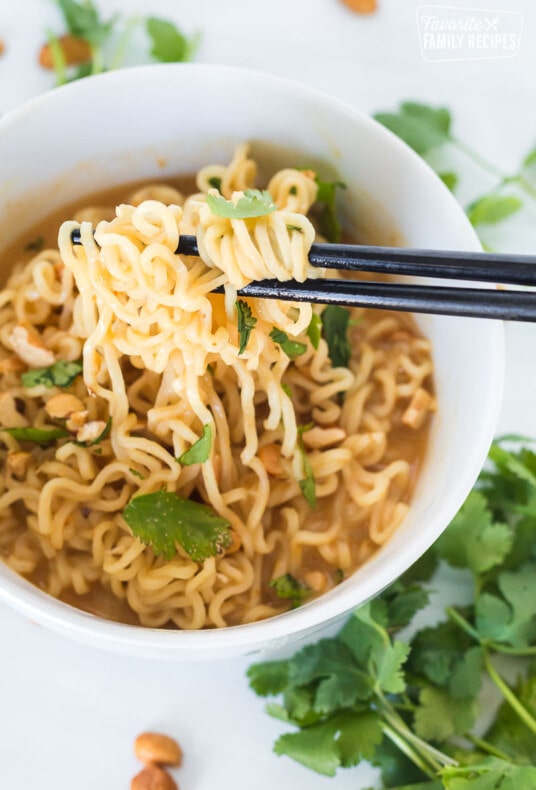



Looks incredible! Can’t wait to make this ramen! Yum!
I just love this cheater version 🙂 I’m a huge ramen fan but would never make it because it seems so difficult. With your cheater version, I’ll definitely give it a try at home. Thanks for the easy alternatives.
This homemade ramen recipe is so easy to make and it was my first time. I will definitely be making this again especially during the Fall and Winter! Thank you!
We all love ramen and this recipe is amazingly easy to put together!
This is such a delicious recipe! Can’t wait to try it!